Top 10 Puzzle Tips & Tricks

Puzzle enthusiasts know that jigsaws can be fun for everyone! Anyone can complete a jigsaw, and there are a few easy tips that can make assembly even more enjoyable. We have briefly summarized our go-to strategies to enhance your puzzle experience.
By keeping a few simple tricks in mind, you can put together your custom puzzle with ease and avoid frustration. Often, customers decide on a jigsaw and complete the customization process only to feel overwhelmed after opening it.
You may feel confused about where to begin, the most efficient way of organizing pieces, and more. However, rest assured knowing that our ten puzzle tips will guide you in completing your jigsaw.
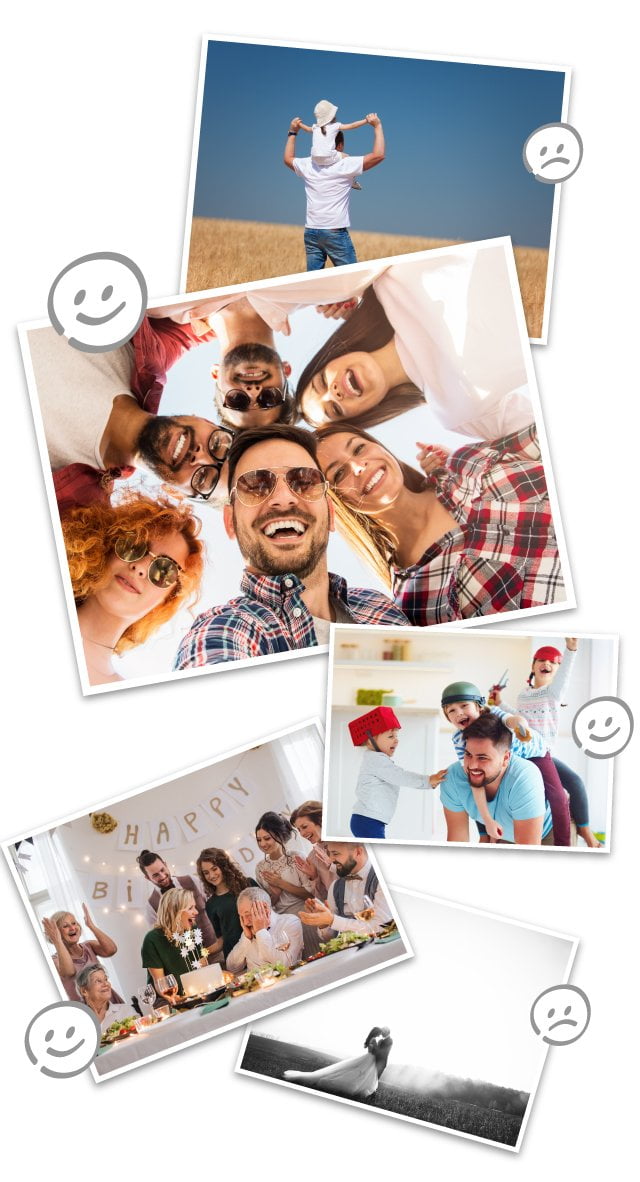

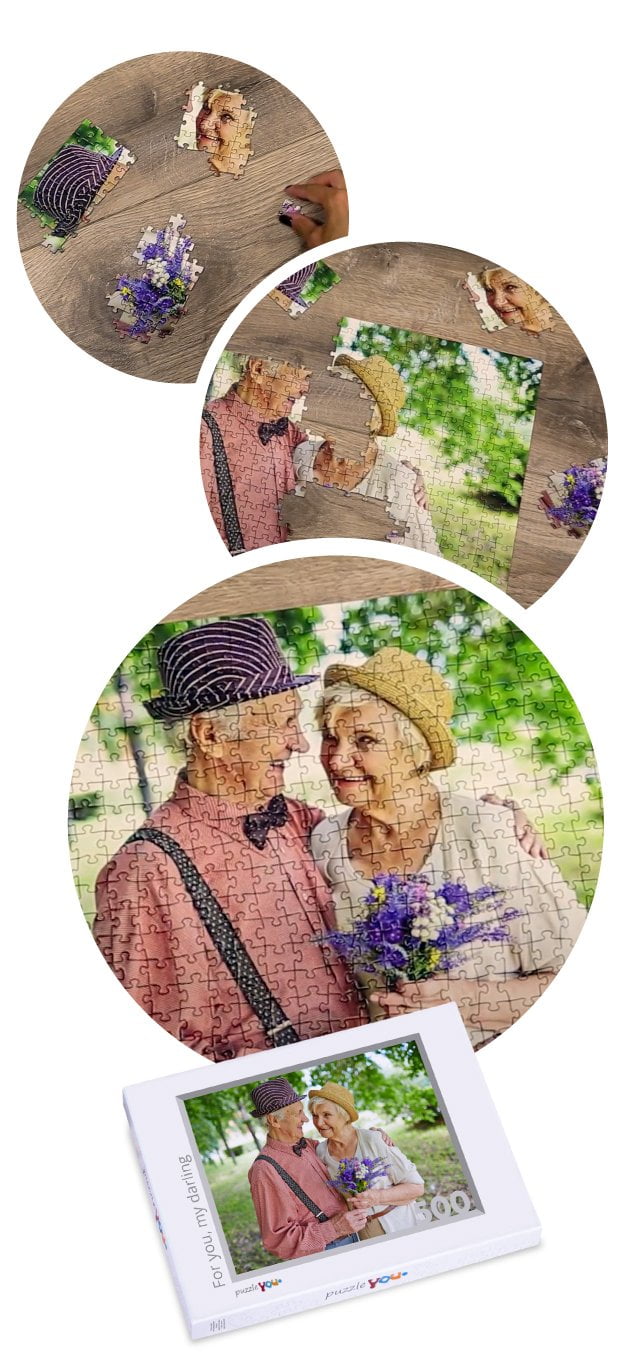

1. Your design is everything!
Everyone has unique interests! As a result, each person likely has a vastly different definition of a "perfect" personalized puzzle. The first step in creating your jigsaw is selecting a design. A photo puzzle is an ideal opportunity to express yourself, as you can choose your favorite picture. It is crucial to make sure that the image you pick is multi-colored and has a variety of elements. This tip will lead to a straightforward, enjoyable assembly experience. Puzzles with too many segments of solid color will be frustrating to piece together. An example of this would be photo jigsaws that showcase large portions of sky or water.
2. Prepare for your jigsaw
If you want a peaceful puzzle experience, you will need a space to spread and organize the pieces. Before opening your jigsaw, make sure that you have suitable space. A popular option for assembly is a spacious table that you can avoid using until your jigsaw is complete. Many large puzzles require multiple sittings or even days to complete, so it may make sense to find a moveable surface instead. For instance, building your jigsaw on a piece of cardboard will allow you to move it during breaks.
3. Ready to puzzle?
Once you have prepared a space, you can start your puzzle! Open your box, take out the pieces, and spread everything out on your surface. Try not to feel too overwhelmed when it comes to the number of pieces. After a bit of organizing, you will start to find each fit! Next, begin to turn each piece so that they face up.
4. An organized system is key
Once your puzzle pieces are all facing up, you can begin organizing them. It helps to sort your jigsaw pieces in a way that will lead to a logical assembly process. Try to pick out all of the edge pieces first, then all of the pieces that build the sides. From here, you have several options. You can either sort the remaining pieces by color or by the shape of the puzzle pieces. You can also sort by objects or design elements. For example, if there are animals on your puzzle, you can sort the pieces based on the features of each animal present.
5. Let’s start assembling
Now that you are familiar with the puzzle pieces, the actual jigsaw fun can begin! It is best to start with the four corners. Afterward, you can lay out the frame of your puzzle piece by piece by joining the edges. After you complete these segments, you will have the exact dimensions of the puzzle and can easily understand the proportions compared to the picture on the box.
6. Step by step
Once you have successfully built the shape of the puzzle, it is time to tackle the challenging aspects of your jigsaw. It can be helpful to use specific design objects from the photo as a guide. As discussed previously, you can lay puzzle pieces out based on animals, people, or patterns. Sorting by colors or distinct characteristics such as letters or fonts will help you piece the smaller components of your puzzle together.
7. Stay calm and start slow
Always begin with the easy parts of your puzzle. If you start with tricky elements that look too similar, such as the sky or sea, frustration can quickly arise. Start slow and progress to these challenging portions. This way, you will feel more motivated to follow through with your puzzle. You are bound to experience moments where you feel like nothing fits together. If you are persistent and have fun with the process, you will finish your puzzle in no time. Try not to give up too soon!
8. The box is your best friend
Experienced puzzle pros may look at the finished picture on the puzzle box only once at the beginning of jigsaw assembly. This method increases the difficulty of the puzzle-building process enormously. However, if you are just starting your jigsaw journey or want to unwind with your puzzle instead of feeling challenged, referencing the box can help. If you ever feel lost, glancing at the design can offer quick assistance.
9. Keep teamwork in mind
While you can always complete your puzzle alone, assembling jigsaws with friends or family can be more entertaining and helpful. Puzzle partners can motivate each other when the assembly is frustrating. Moreover, enjoying a cup of tea, a good chat, and music together while puzzling can result in a memorable bonding experience with your loved ones.
10. Make it easy from the start: collages
When designing your photo puzzle, consider creating a photo collage out of your pictures. These layouts are considerably easier to piece together, as they have a variety of segments with unique designs and colors. Additionally, each photo on your puzzle is smaller, showing more per puzzle piece. You can find inspiration for your photo puzzle collage here.
1. The design is everything!
Not everyone is into dinosaurs or vampires. Each of us has different ideas about what the perfect puzzle should look like. The first important step is to decide on the right design. Ideal for this, is, of course your own photo puzzle, where you can choose your favorite picture. If you do not want it to be so difficult, then you should make sure when choosing the design that as many different colors as possible are included. This will make the puzzle easier to put together. For example, if you choose a puzzle design that shows a lot of sky or water, then you will certainly not have an easy time at first, since all the parts are very similar.

2. First preparations
If you want to enjoy putting your puzzle together, you need space to spread out the pieces. So find a suitable surface, for example a large table that is not being used for a couple of hours at least. Often you won't have enough time to do the puzzle in one day. So it makes sense to get a suitable surface for the puzzle, which you can also put away to make room on the table again at any time. For instance a large piece of cardboard on which you can put the jigsaw puzzle together.
3. Let the show begin
When you have made all the preparations, you can finally start. Open the box, take out the pieces and spread everything out. Very important: Don't despair. It is not uncommon to underestimate the number of pieces. Now turn all the parts with the jigsaw puzzle picture facing up.
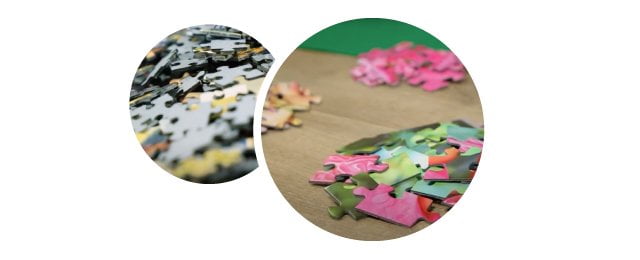
4. A good system is key
Proper order is when you immediately know where you don't even need to look. Therefore, get a good overview of all parts and start sorting. It makes sense to pick out all the edge pieces first, then all the pieces that will build the margin since you want to start the puzzle with them. From there you have several options: either you sort the remaining pieces by color or by shape of the puzzle pieces. You can also sort by objects. For example, if there are many animals on your puzzle, then simply sort the puzzle pieces animal by animal.
5. Let’s get started
Now you have a good overview of all the parts and the actual puzzle fun can start. It's best to start with the four corners. Then pick out all the pieces for the margin and lay out the frame of your puzzle piece by piece. This way, if you did not order the puzzle yourself, you will become aware of the exact dimensions of the puzzle and you can easily understand the proportions compared to the picture on the box.
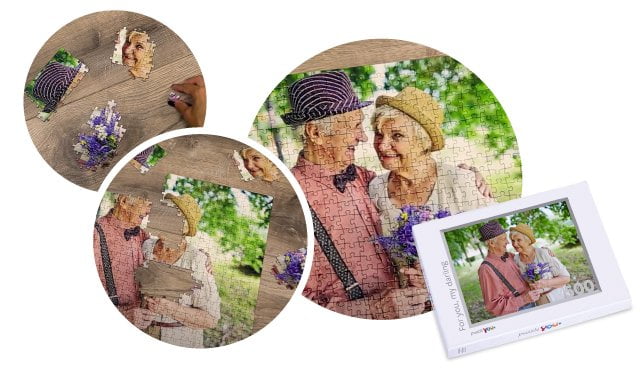
6. Step by step
Once the basic shape of the puzzle has been laid, it's time to get down to business. It's easier not to lay puzzle pieces in a criss-cross pattern, but to use certain objects of the design as a guide. For example, you can lay them out animal by animal, person by person, and so on, and then put your small partial results together.
7. Don't lose your head
Always try to start with easy parts of the puzzle. If you start with difficult parts, such as the sky or the sea, where all the puzzle pieces look very similar, frustration can arise quickly. Therefore, start with easy picture fragments for some quick successes in the beginning. This way, you will be more motivated to follow through with the puzzling process. You will definitely experience some droughts during which you will feel like nothing fits together. So don't give up too soon!
8. The box - Your best friend
Real puzzle freaks look at the finished picture on the puzzle box only once at the beginning of the puzzle. This, of course, increases the difficulty enormously. But the picture on the box is of course the best guide if you get lost during the process.
9. Together we are strong
Sure, you can do it alone, but doing puzzles together with family or friends is a lot more fun and an enormous help. You can motivate each other when it gets frustrating. Moreover, having a cup of tea and a good chat together while puzzling, strengthens your bond to your loved ones.
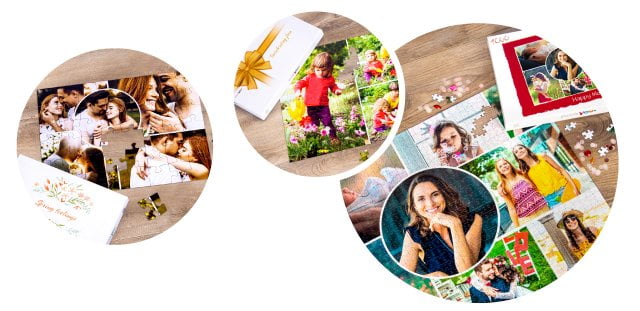
10. Make it easier from the start
When creating your own photo puzzle, make a photo collage out of your pictures. This way, it will be considerably easier for you to put the puzzle together as you will have varying designs and colors in different sections of your puzzle. In addition, each photo on your puzzle is smaller, showing more per puzzle piece. You can find inspiration for your own photo puzzle collage here.

If you follow these tips, you can complete your puzzle in no time, even jigsaws with thousands of pieces!
Of course, there is not a perfect process for puzzle assembly. Everyone has their preferences and unique approaches to piecing jigsaws together. After some time, you will develop your own! Whether you enjoy sorting pieces, finding shapes, or simply rummaging through the box, you can complete your puzzle any way you choose. Just remember to have fun!

